Home>Articles>What Is The Maximum Personnel Load For A Fire-Service Ladder?
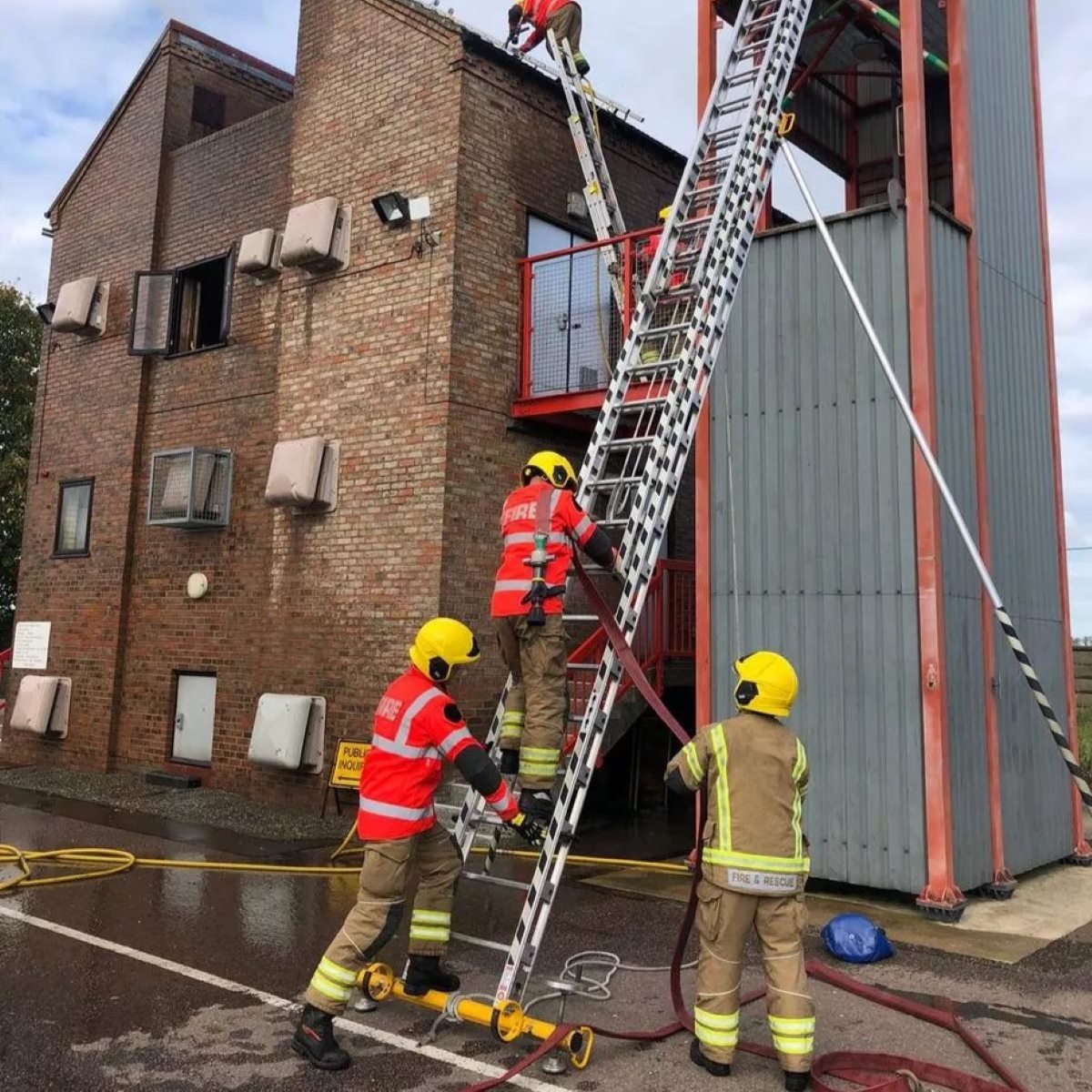

Articles
What Is The Maximum Personnel Load For A Fire-Service Ladder?
Modified: August 21, 2024
Discover the maximum personnel load for a fire-service ladder in this informative article. Stay informed about fire safety regulations.
(Many of the links in this article redirect to a specific reviewed product. Your purchase of these products through affiliate links helps to generate commission for Storables.com, at no extra cost. Learn more)
Introduction
When it comes to firefighting operations, one important consideration is the maximum personnel load for fire-service ladders. Ladders play a crucial role in rescue operations, allowing firefighters to reach heights and access areas that would otherwise be impossible. However, it is essential to determine the appropriate maximum personnel load for each ladder to ensure the safety of firefighters and those they are rescuing.
The maximum personnel load for fire-service ladders is influenced by various factors, including ladder type, design, material, and safety standards. It is crucial for firefighters and those responsible for ladder maintenance to have a thorough understanding of these factors to determine the maximum capacity of the ladder.
In this article, we will explore the factors that affect the maximum personnel load for fire-service ladders, the occupational safety standards and recommendations that guide these load limits, the types of ladders commonly used in firefighting operations, and the maximum personnel load recommendations for each ladder type.
We will also outline the factors that need to be considered when determining the maximum personnel load for a specific ladder, emphasizing the importance of proper training and certification for firefighters to ensure their safety and the success of rescue operations.
By the end of this article, readers will have a comprehensive understanding of the factors influencing the maximum personnel load for fire-service ladders and the importance of adhering to safety guidelines in firefighting operations.
Key Takeaways:
- Proper understanding of factors affecting maximum personnel load for fire-service ladders, adherence to safety standards, and ongoing training are crucial for ensuring firefighter safety and effective rescue operations.
- Different ladder types have varying load capacities, and it’s essential to consult manufacturer guidelines and consider factors like ladder condition and environmental conditions when determining maximum personnel load.
Factors Affecting Maximum Personnel Load for Fire-Service Ladders
Several factors influence the maximum personnel load for fire-service ladders. These factors are crucial to consider to ensure the safety and effectiveness of firefighters during rescue operations. Let’s explore some of the key factors:
- Ladder type: Different types of fire-service ladders have varying load capacities. For example, an extension ladder may have a higher permissible personnel load compared to a single-section ladder due to differences in design and construction.
- Ladder material: The material used in constructing the ladder plays a significant role in determining its maximum personnel load. Materials such as aluminum or fiberglass are known for their strength and durability, allowing for higher load capacities.
- Ladder design: The design features of a ladder, such as the rung spacing, width, and structural reinforcement, can impact the maximum personnel load. Ladders with wider rungs and additional reinforcements are generally capable of supporting more weight.
- Ladder condition: The condition of the ladder is crucial when determining the maximum personnel load. Regular maintenance and inspection are necessary to identify any signs of wear, damage, or structural weakness that may impact the ladder’s load capacity.
- Ladder accessories: Additional accessories, such as ladder belts, safety hooks, and stabilizers, can affect the ladder’s maximum personnel load. These accessories ensure stability and security while ascending or descending the ladder, thus influencing the weight it can safely support.
- Environmental conditions: Factors like wind, temperature, and terrain can impact the maximum personnel load for fire-service ladders. Strong winds can exert additional force on the ladder, while extreme temperatures can affect the ladder’s structural integrity. Unstable or uneven terrain may also impact the ladder’s stability.
Understanding these factors is crucial in determining the appropriate maximum personnel load for a specific ladder in a given situation. It is essential to consider all these factors collectively to ensure the safety of firefighters, victims, and bystanders during rescue operations. Fire departments and ladder manufacturers must adhere to established safety guidelines and regulations to ensure the proper use and maintenance of fire-service ladders.
Occupational Safety Standards and Recommendations
Occupational safety standards and recommendations play a crucial role in establishing the maximum personnel load for fire-service ladders. This ensures the safety of firefighters and helps prevent accidents or failures that could jeopardize rescue operations. Let’s discuss some of the key standards and recommendations:
- NFPA Standards: The National Fire Protection Association (NFPA) has developed comprehensive standards and guidelines to promote safety in the fire service industry. These standards cover various aspects of firefighting, including ladder design, materials, testing, and usage. NFPA 1931, specifically, addresses the aerial ladder load capacities and other performance requirements.
- Manufacturer Recommendations: Ladder manufacturers provide specific guidelines and recommendations regarding the safe usage and maximum personnel load for their products. These recommendations are based on rigorous testing and compliance with safety standards. Fire departments and firefighters should strictly adhere to these guidelines to maintain safety.
- Regulatory Authorities: Government regulatory bodies, such as the Occupational Safety and Health Administration (OSHA) in the United States, enforce safety regulations and standards for workplaces, including fire departments. These regulations often include guidelines on ladder safety, usage, and load capacities that must be followed to ensure the safety of firefighters.
- Training and Certification: Firefighters undergo extensive training and certification programs that cover ladder usage, safety, and load capacities. These programs ensure that firefighters are knowledgeable about the proper use and limitations of fire-service ladders. Regular training refreshers and certifications help reinforce safety standards and best practices.
It is essential for fire departments and firefighters to stay updated with the latest safety standards and follow the recommendations provided by regulatory authorities and ladder manufacturers. Adhering to these standards and guidelines promotes a culture of safety within fire departments and helps reduce the risk of accidents related to ladder usage.
Remember that these safety standards and recommendations are in place to protect both firefighters and the individuals they are rescuing. Proper adherence to these guidelines ensures the successful completion of rescue operations while minimizing the potential for injuries and accidents that can occur due to overloading or improper use of fire-service ladders.
Types of Fire-Service Ladders
Fire-service ladders are designed to meet the specific needs of firefighting operations, providing firefighters with access to elevated areas during rescue and firefighting activities. Different types of ladders are used based on the nature of the incident and the required height or access. Here are some common types of fire-service ladders:
- Extension Ladders: Extension ladders, also known as straight or straight-section ladders, are the most common type used in firefighting operations. They consist of two or more sections that can be extended to reach varying heights. Extension ladders are versatile and can be set up against buildings, structures, or other surfaces.
- Aerial Ladders: Aerial ladders, also referred to as aerial platforms or aerial apparatus, are equipped with a hydraulic mechanism that allows for elevation and rotation. These ladders are often mounted on fire trucks and have a platform or basket at the top for firefighters to stand on. Aerial ladders provide greater reach and flexibility, making them suitable for rescues involving tall buildings or structures.
- Quint Ladders: Quint ladders are multifunctional fire apparatus that combine the capabilities of a fire engine and a ladder truck. They typically feature an aerial ladder, pump, water tank, hose storage, and other firefighting equipment. Quint ladders are commonly used in urban and suburban areas, where space may be limited, and a single vehicle needs to serve multiple purposes.
- Roof Ladders: Roof ladders, also known as hook ladders or roof hooks, are specifically designed for accessing rooftops. They feature hooks at the top that securely grip the edge of the roof, providing stability and preventing slippage. Roof ladders are lightweight and compact, making them easy to carry and maneuver in tight spaces.
- Combination Ladders: Combination ladders, as the name suggests, combine the features of both extension and roof ladders. These versatile ladders can be used in various situations, allowing firefighters to access both elevated surfaces and roofs. Combination ladders are commonly used when the specific requirements of an incident are not known beforehand.
Each type of ladder has its own distinct features and usage scenarios. Fire departments and firefighters need to be familiar with the characteristics and limitations of these ladder types to ensure they are used effectively and safely in firefighting operations.
It is important to note that the maximum personnel load for each type of ladder may vary based on design, materials, and safety standards. Firefighters must consider these factors when determining the appropriate maximum load capacity for a specific ladder type during rescue operations.
When determining the maximum personnel load for a fire-service ladder, always refer to the manufacturer’s specifications and guidelines. Exceeding the recommended personnel load can compromise the safety and stability of the ladder.
Maximum Personnel Load Recommendations for Different Ladder Types
The maximum personnel load for fire-service ladders can vary depending on the ladder type and its design specifications. It is essential to follow the manufacturer’s recommendations and safety standards to ensure the safety of firefighters and those they are rescuing. Let’s explore the maximum personnel load recommendations for different ladder types:
- Extension Ladders: The maximum personnel load for extension ladders typically ranges from 250 to 750 pounds, depending on the ladder’s length and construction. It is crucial to check the ladder’s markings and manufacturer’s guidelines to determine the specific load capacity for a particular extension ladder.
- Aerial Ladders: Aerial ladders generally have higher maximum personnel load capacities compared to extension ladders, ranging from 500 to 1000 pounds or more. The specific load capacity will depend on the type, size, and construction of the aerial ladder. It is essential to refer to the manufacturer’s recommendations for the accurate maximum personnel load.
- Quint Ladders: Quint ladders, being multifunctional apparatus, have varying load capacities based on their design and construction. The maximum personnel load for quint ladders typically ranges from 500 to 1000 pounds, but it is essential to consult the manufacturer’s guidelines for the specific ladder being used.
- Roof Ladders: Roof ladders are designed for individual use and, therefore, have a lower maximum personnel load compared to other ladder types. The maximum load capacity for roof ladders typically ranges from 250 to 500 pounds. Always check the ladder’s markings and manufacturer’s recommendations for the accurate load capacity.
- Combination Ladders: Combination ladders have variable load capacities depending on their design and intended usage. The maximum personnel load for combination ladders may range from 250 to 750 pounds. It is crucial to consult the ladder manufacturer’s guidelines for the precise load capacity of the specific ladder in use.
These are general recommendations, and it is essential to consider the ladder’s condition, age, maintenance history, and any additional accessories or equipment being used. It is crucial to ensure that the total weight, including the firefighter, personal protective equipment (PPE), and any tools or equipment being carried, does not exceed the ladder’s maximum personnel load capacity.
Firefighters and ladder operators must be aware of these maximum load recommendations and strictly adhere to them to prevent overloading the ladder, which could lead to accidents and injuries during rescue operations. Regular inspections and maintenance of ladders are necessary to ensure they are in proper working condition and capable of safely supporting the recommended maximum personnel load.
Read more: What Are Plumbing Services
Factors to Consider While Determining Maximum Personnel Load
Determining the maximum personnel load for fire-service ladders involves considering several factors to ensure the safety of firefighters and the effectiveness of rescue operations. Here are some key factors to consider:
- Ladder Type and Design: Different ladder types have varying load capacities based on their design features and intended usage. Consider the specific ladder type being used and refer to manufacturer recommendations for the maximum personnel load.
- Ladder Material and Construction: The material and construction of the ladder play a significant role in its load capacity. Aluminum and fiberglass ladders, for example, are known for their strength and durability. Ensure that the ladder is constructed with high-quality materials and meets safety standards.
- Manufacturer Guidelines: Always consult the ladder manufacturer’s guidelines and documentation for the specific ladder being used. Manufacturers provide load recommendations based on extensive testing and compliance with safety standards.
- Ladder Condition: Regular maintenance and inspections are crucial to ensure that the ladder is in optimal condition. Check for signs of wear, damage, or structural weakness that could compromise the ladder’s load-bearing capacity. If any issues are detected, remove the ladder from service and have it repaired or replaced.
- Environmental Conditions: Environmental factors such as wind, temperature, and terrain can influence the ladder’s stability and load capacity. Strong winds can exert additional forces on the ladder, while extreme temperatures can affect the ladder’s structural integrity. Evaluate the environmental conditions before determining the maximum personnel load.
- Additional Accessories and Equipment: Consider any additional accessories or equipment being used on the ladder, such as tools, hoses, or personal protective equipment (PPE). The weight of these items adds to the overall load, so ensure that the ladder can safely support the combined weight.
- Occupational Safety Standards: Adhere to occupational safety standards and recommendations set by organizations such as the NFPA and regulatory authorities like OSHA. These standards provide guidelines for determining maximum personnel load and ensure the safety of firefighters during ladder operations.
Considering these factors collectively is crucial in determining the appropriate maximum personnel load for fire-service ladders in different rescue scenarios. By adhering to these considerations, fire departments and firefighters can mitigate risks, maximize safety, and enhance the overall effectiveness of their operations.
Remember that the maximum personnel load should never be exceeded, as overloading the ladder can lead to stability issues, structural failure, or accidents that can result in injuries or fatalities. Regular training and education for firefighters on ladder safety and load capacities are essential to ensure proper understanding and compliance.
Importance of Proper Training and Certification for Firefighters
Proper training and certification are of utmost importance for firefighters when it comes to ladder operations and ensuring the safety and effectiveness of rescue operations. Comprehensive training programs and ongoing certification play a crucial role in preparing firefighters to handle various ladder scenarios and use fire-service ladders in a safe and efficient manner. Here are some key reasons why proper training and certification are essential:
- Safety: Training and certification programs provide firefighters with valuable knowledge and skills to safely operate fire-service ladders. They learn about ladder operations, load capacities, ladder placement, stability, and best practices for ladder usage. This knowledge helps minimize the risks of accidents, falls, and structural failures during rescue operations.
- Competence: Proper training and certification enhance the competence of firefighters in ladder operations. They learn how to assess ladder conditions, identify potential hazards, and make informed decisions based on the specific situation. Firefighters gain the confidence and expertise needed to handle complex ladder operations and adapt to changing rescue scenarios.
- Efficiency: Training and certification programs emphasize efficiency in ladder operations. Firefighters learn proper ladder carrying, positioning, and climbing techniques, enabling them to quickly and safely access elevated areas during rescue operations. This efficiency is vital in time-sensitive situations where every second counts.
- Adherence to Safety Standards: Through training and certification, firefighters become familiar with industry safety standards and guidelines. They understand the importance of adhering to load capacities, ladder inspections, maintenance, and other safety protocols. This helps ensure compliance with safety standards and reduces the risk of accidents or injuries due to improper ladder usage.
- Hands-On Experience: Training programs provide firefighters with hands-on experience in using fire-service ladders. They get the opportunity to practice ladder operations in controlled environments, simulating real-life rescue scenarios. This practical experience enhances their skills, decision-making abilities, and familiarity with different ladder types and equipment.
- Emergency Preparedness: Proper training and certification contribute to the overall emergency preparedness of firefighters. They are equipped with the knowledge and skills needed to successfully perform ladder operations during emergencies. This preparedness helps minimize response time and ensures a swift and effective response to rescue or firefighting incidents.
Continuing education and regular certification renewal are essential to stay up-to-date with the latest techniques, safety standards, and advancements in ladder technology. Fire departments should invest in ongoing training programs to ensure that firefighters are well-prepared and capable of handling ladder operations efficiently and safely.
The importance of proper training and certification cannot be overstated. It not only protects the safety of firefighters but also enhances the outcomes of rescue operations. By prioritizing comprehensive training and certification, firefighters can confidently and competently handle ladder operations and contribute to saving lives and property during emergency situations.
Conclusion
Understanding the maximum personnel load for fire-service ladders is crucial for the safety and effectiveness of firefighters during rescue operations. Several factors, including ladder type, design, material, and safety standards, influence the maximum load capacity. Fire departments and ladder operators must consider these factors collectively to determine the appropriate maximum personnel load for each ladder type and situation.
Occupational safety standards and recommendations, such as those provided by the NFPA and regulatory authorities, provide guidelines for ladder usage and load capacities. Manufacturers also provide specific recommendations based on extensive testing and compliance with safety standards. Adhering to these guidelines is essential to prevent accidents and ensure the safe operation of fire-service ladders.
Different ladder types, such as extension ladders, aerial ladders, quint ladders, roof ladders, and combination ladders, have varying load capacities. It is important to consult the manufacturer’s guidelines for the precise maximum personnel load for each ladder type being used.
Moreover, various factors should be considered while determining the maximum personnel load, including ladder condition, environmental conditions, and additional accessories or equipment being used. Adherence to occupational safety standards, ongoing training, and certification are critical to ensure firefighters possess the necessary skills and knowledge to safely operate fire-service ladders.
Proper training and certification enhance firefighters’ safety, competence, efficiency, and adherence to safety standards. They also provide valuable hands-on experience and contribute to overall emergency preparedness. By prioritizing ongoing training and certification programs, fire departments can equip their firefighters with the necessary skills and ensure the successful execution of ladder operations in emergency situations.
In conclusion, understanding and adhering to the maximum personnel load for fire-service ladders is vital to maintain the safety of firefighters and those they are rescuing. By considering factors such as ladder type, design, condition, and environmental conditions, and investing in proper training and certification, fire departments can ensure that their firefighters are well-prepared to handle ladder operations effectively and safely.
Frequently Asked Questions about What Is The Maximum Personnel Load For A Fire-Service Ladder?
Was this page helpful?
At Storables.com, we guarantee accurate and reliable information. Our content, validated by Expert Board Contributors, is crafted following stringent Editorial Policies. We're committed to providing you with well-researched, expert-backed insights for all your informational needs.
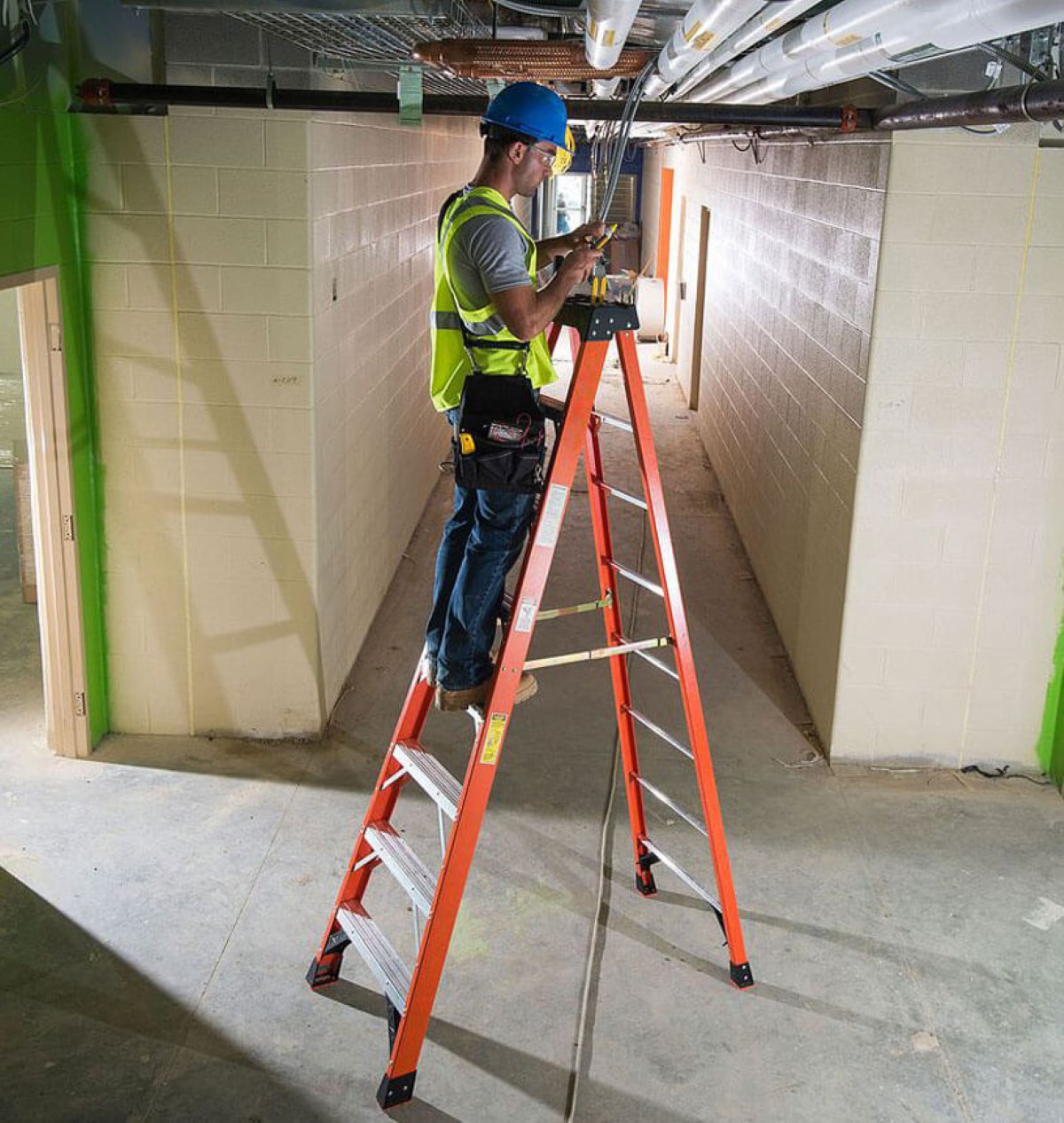
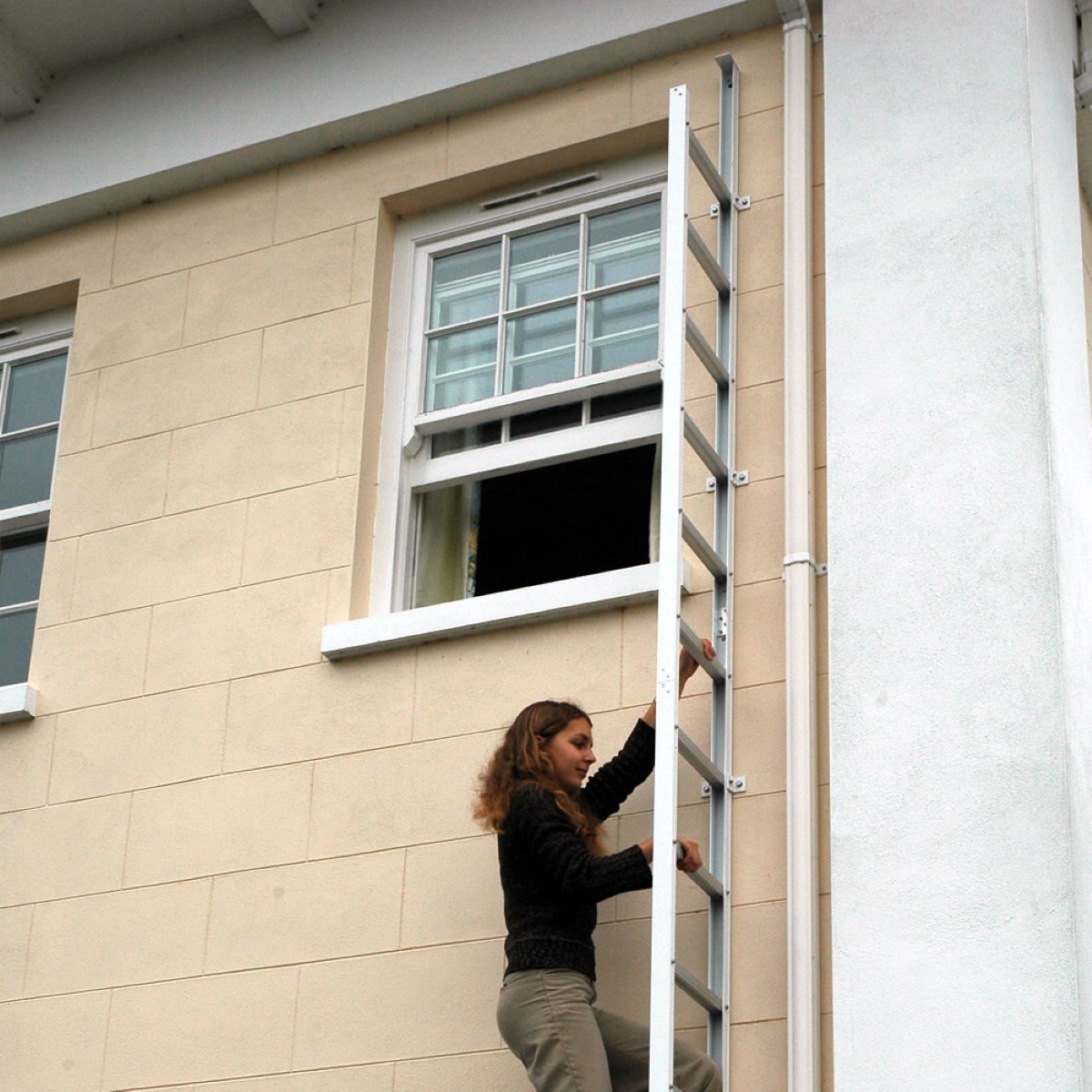





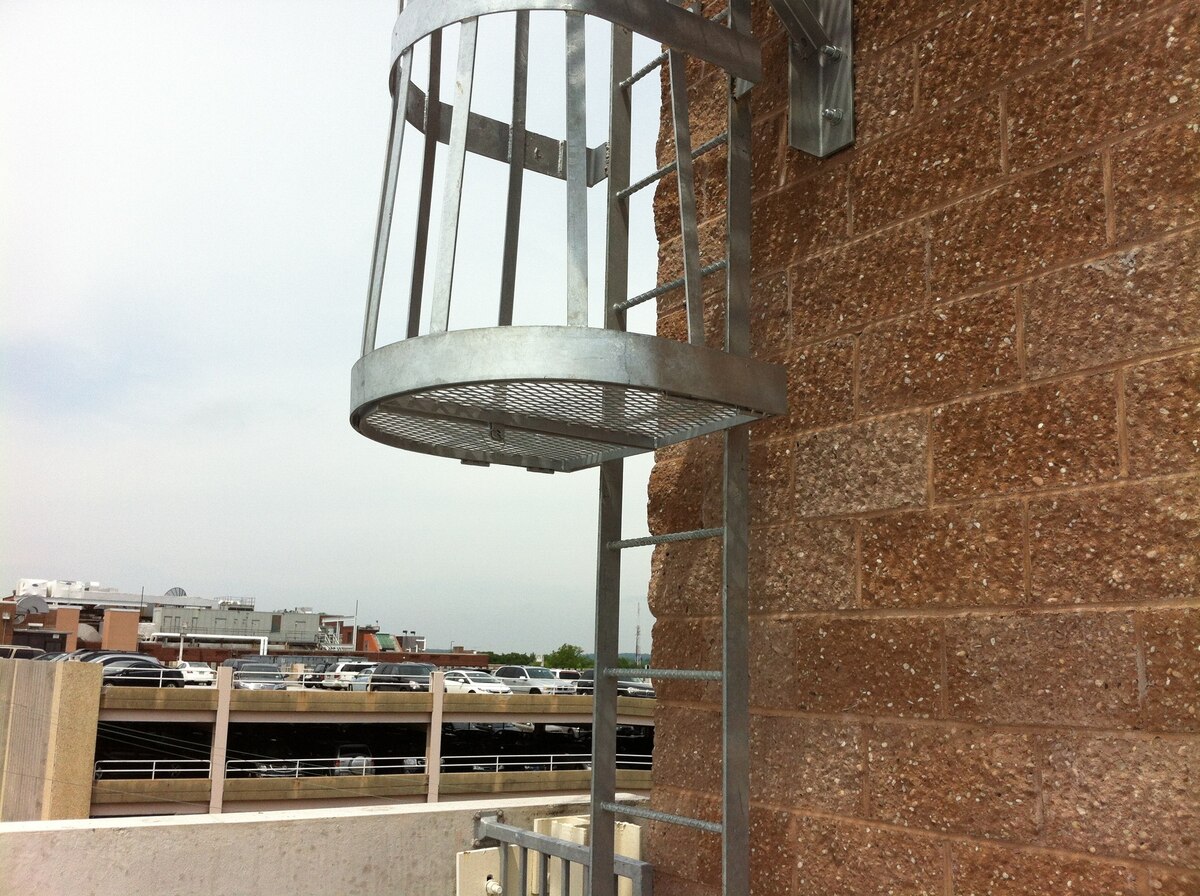
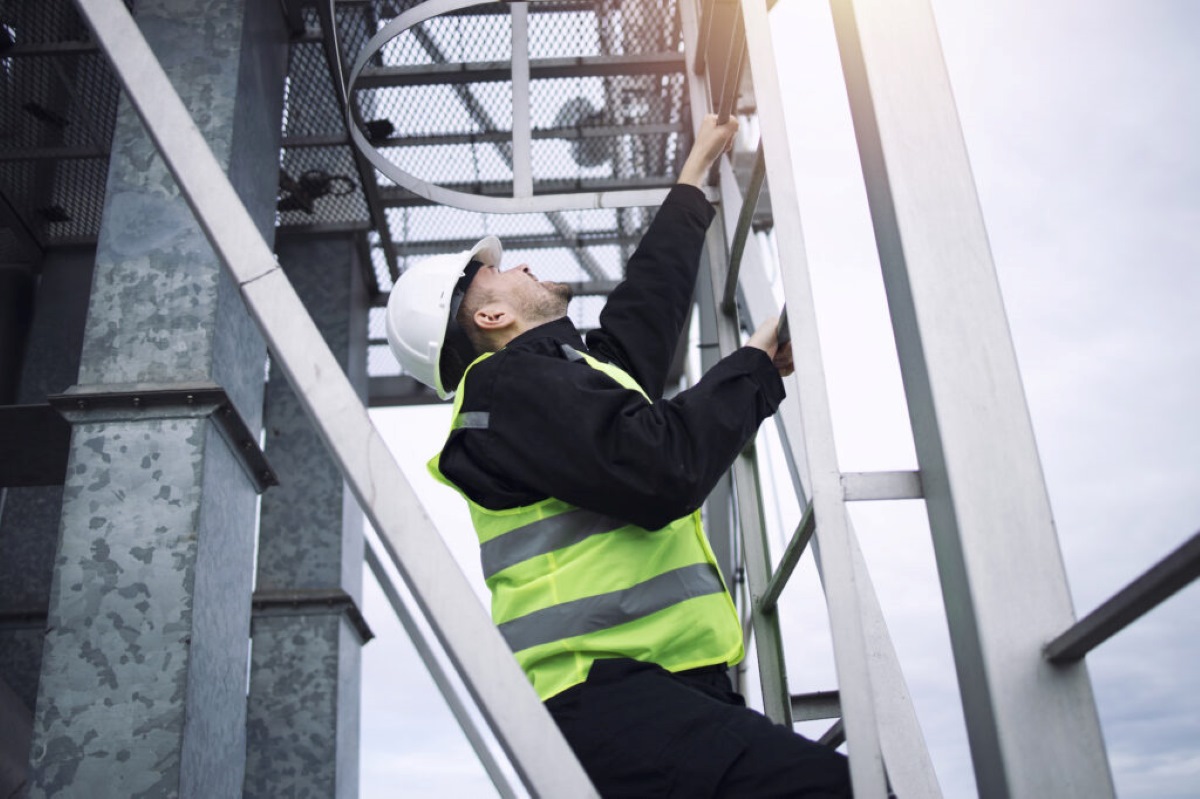
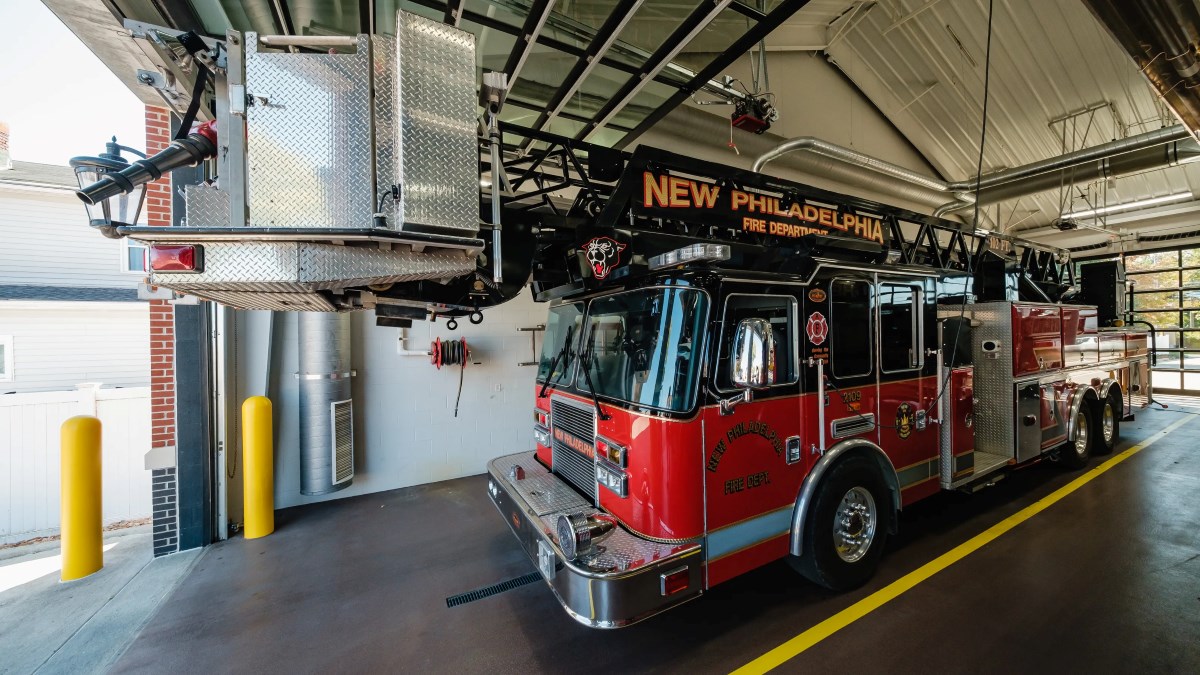

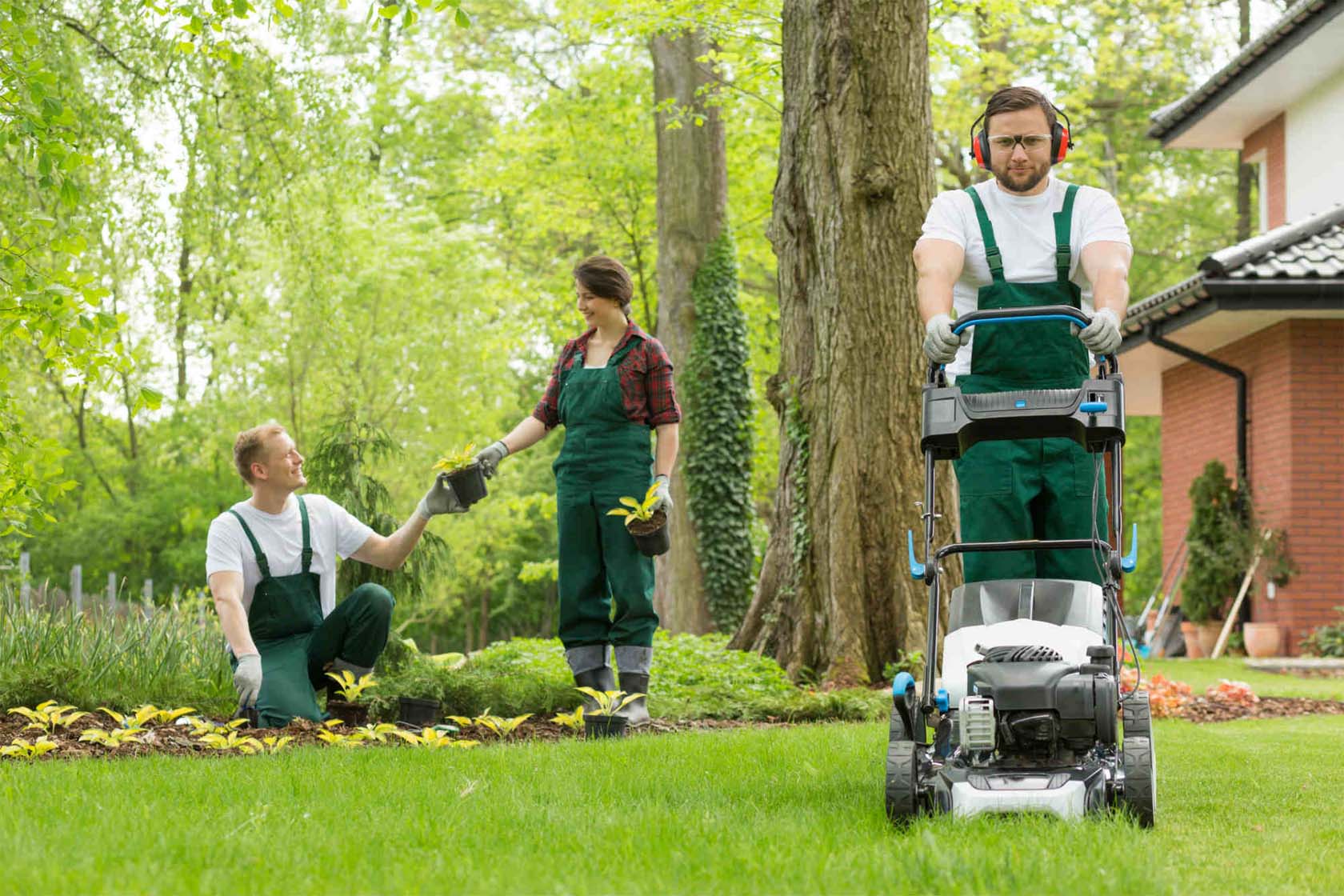
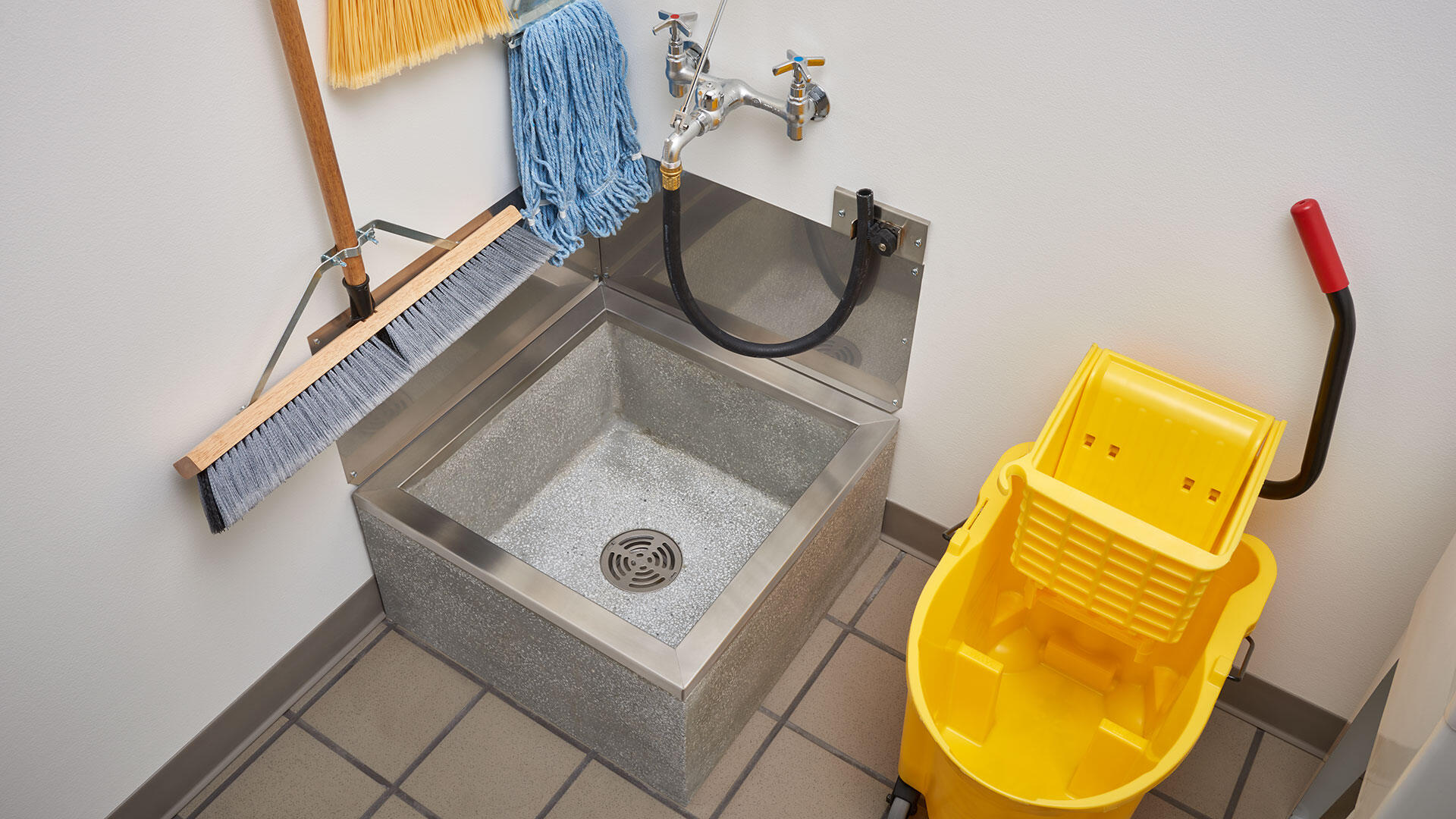


0 thoughts on “What Is The Maximum Personnel Load For A Fire-Service Ladder?”